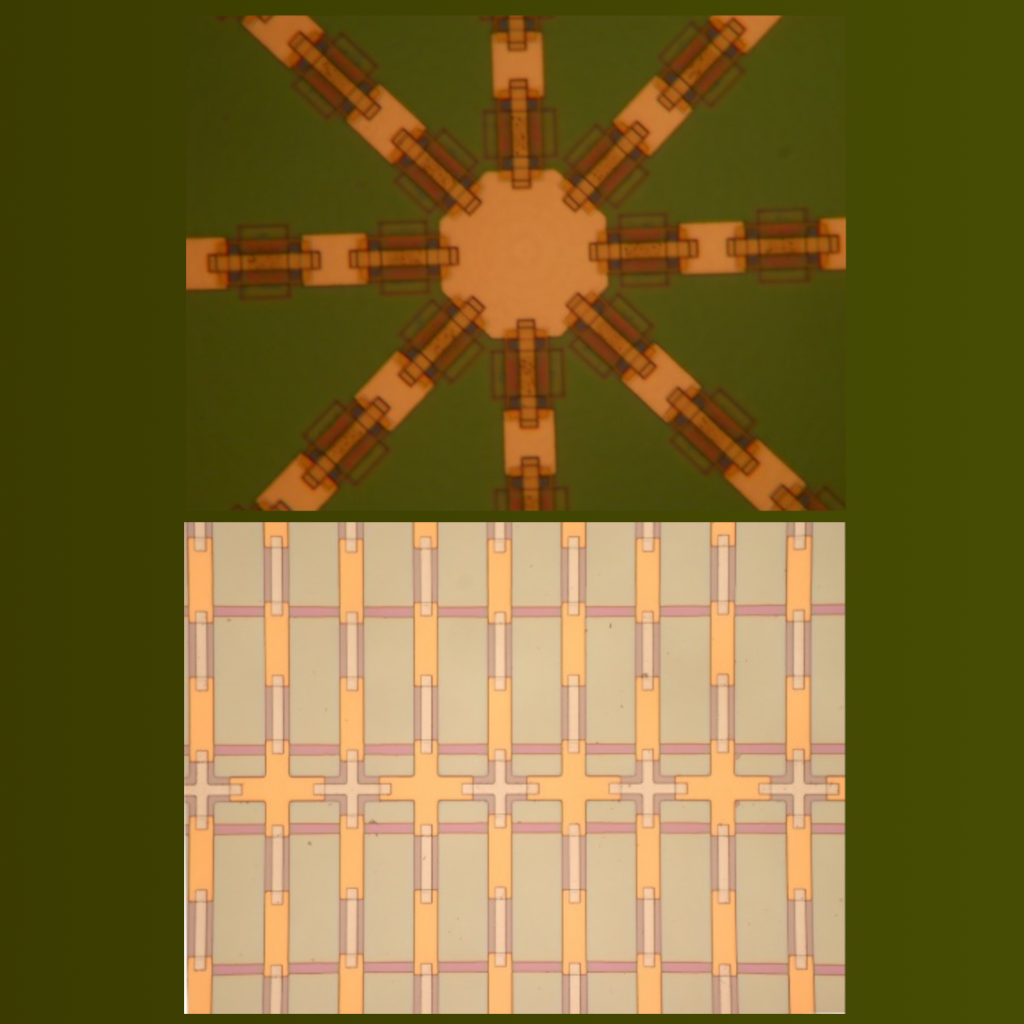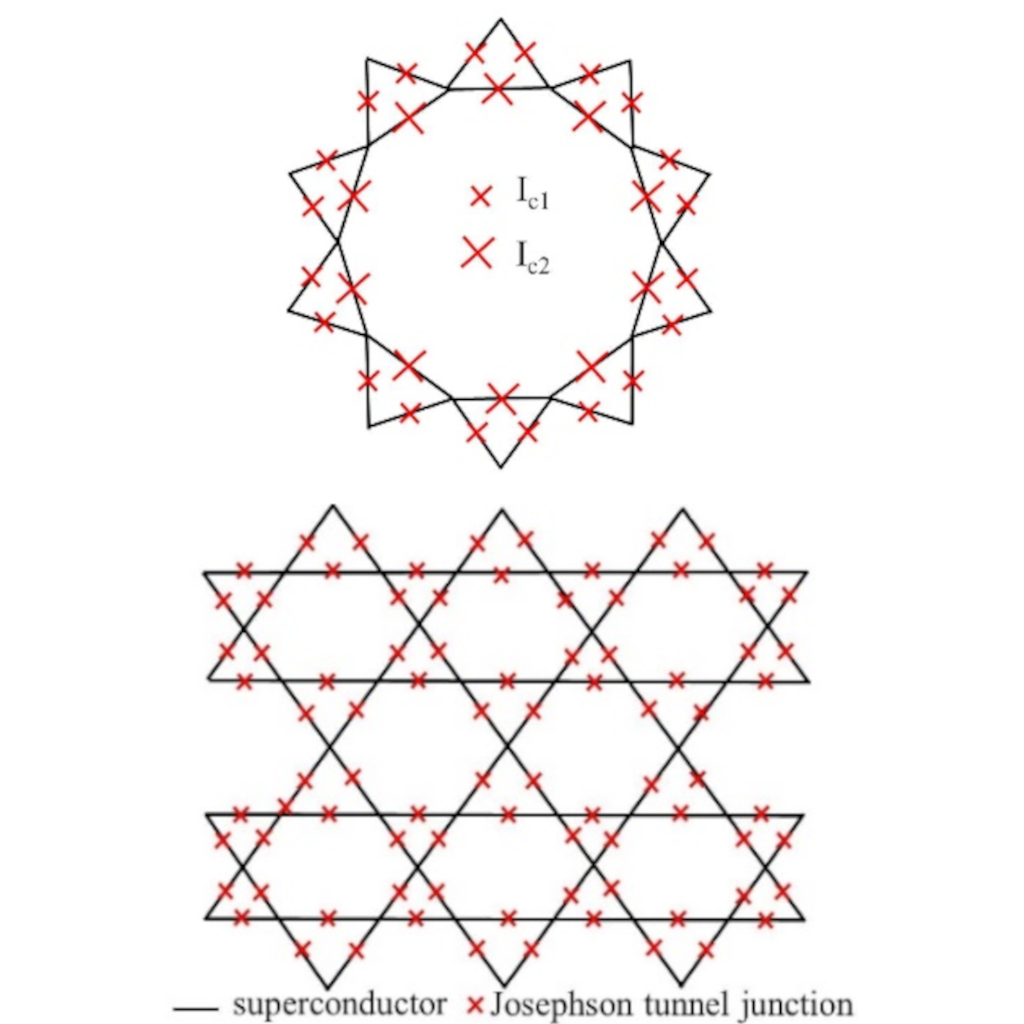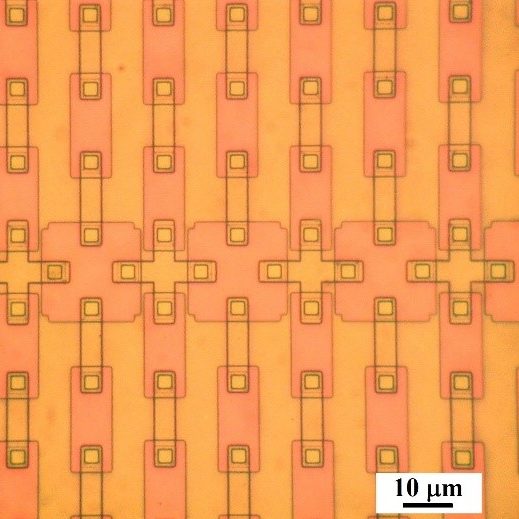Description of the activity
The research activity on Quantum networks with engineered topology consists of two main topics. The studies on Topology Induced critical current enhancement in Josephson Networks aims at understanding the fundamental mechanisms involved in the phase transitions of two-dimensional arrays of superconducting islands connected by Josephson junctions. In the resulting networks, due to the interplay between the long-range quantum coherence and topological properties (in the graph theory sense), new quantum orders emerge. The goal of the activity on quantum simulations of frustrated magnetic systems with superconducting quantum network, is to implement superconducting quantum networks (SQNs) of interacting Josephson junctions and flux-qubits arranged in various one- and two-dimensional lattices embedded into a microwave resonator. We fabricate frustrated SQNs in which the long-range interaction between qubits is provided by the geometrical constraints and electromagnetic coupling between qubits and photon modes of the resonator. The realization of our devices could open a way to employ a network of strongly interacting superconducting qubits as a platform for quantum simulation of complex magnetic system.


Involved personnel
B. Ruggiero | E. Esposito | R. Russo | M. Valentino
National and International Collaborations
- Institute for superconductors, oxides and other innovative materials and devices (SPIN), CNR;
- University of Campania “Luigi Vanvitelli” (Dept of Physics),
- University of Torvergata (Dept of Physics),
- University of Salerno (Dept of Physics),
- Italian National Institute of Nuclear Physics (INFN), Naples Section and Frascati.
- Ruhr University, Bochum, Germany
Instrumentation/facilities
- Fabrication System for Nb, NbN, Al,
- Photolithography for the realization of micrometric devices,
- EBL for the realization of nanometric devices,
- Cryostats for measurements at temperatures down to kelvin and hundreds of milliKelvin ,
- Low noise electronic measuring instrumentation.

